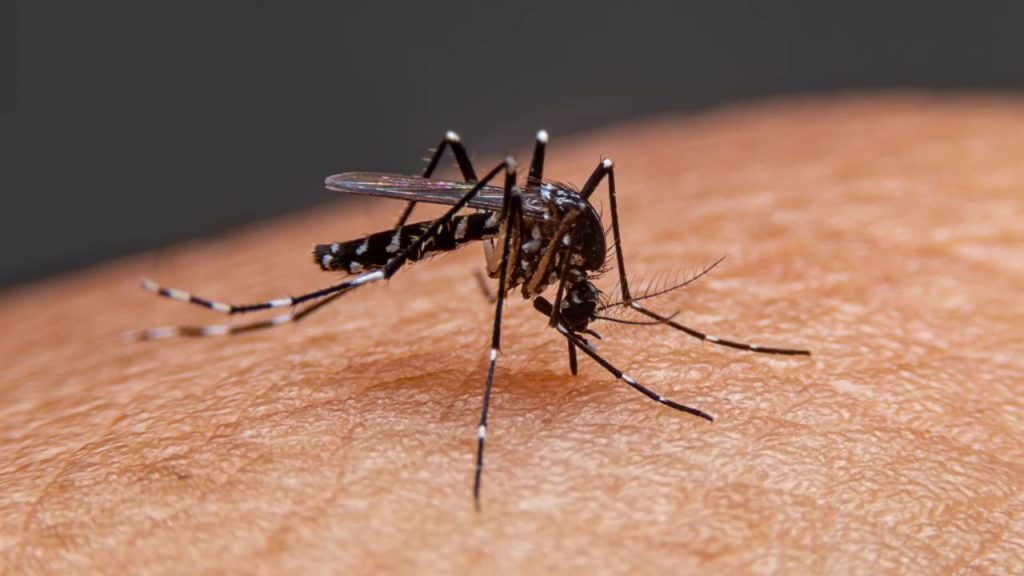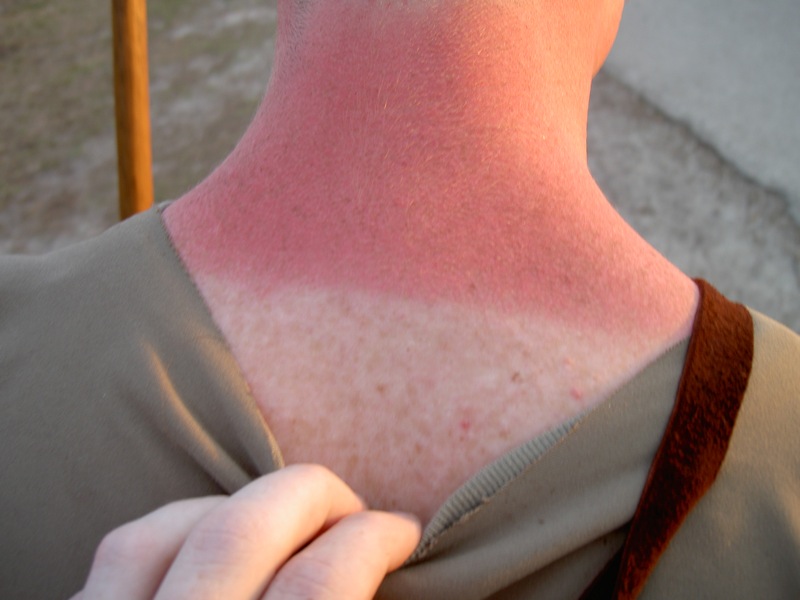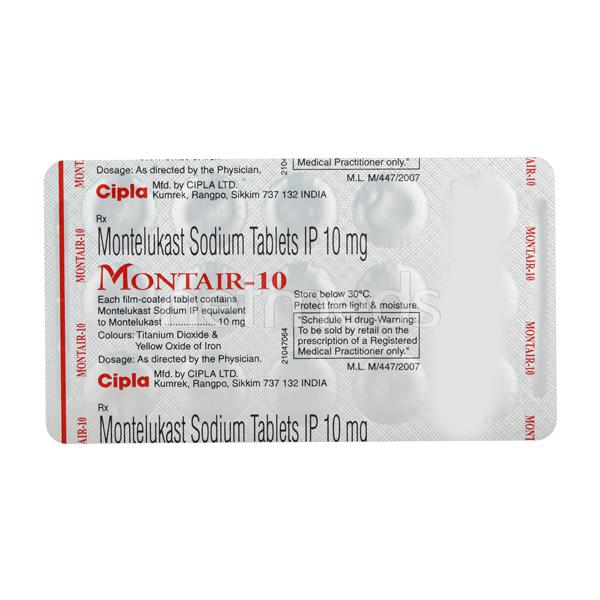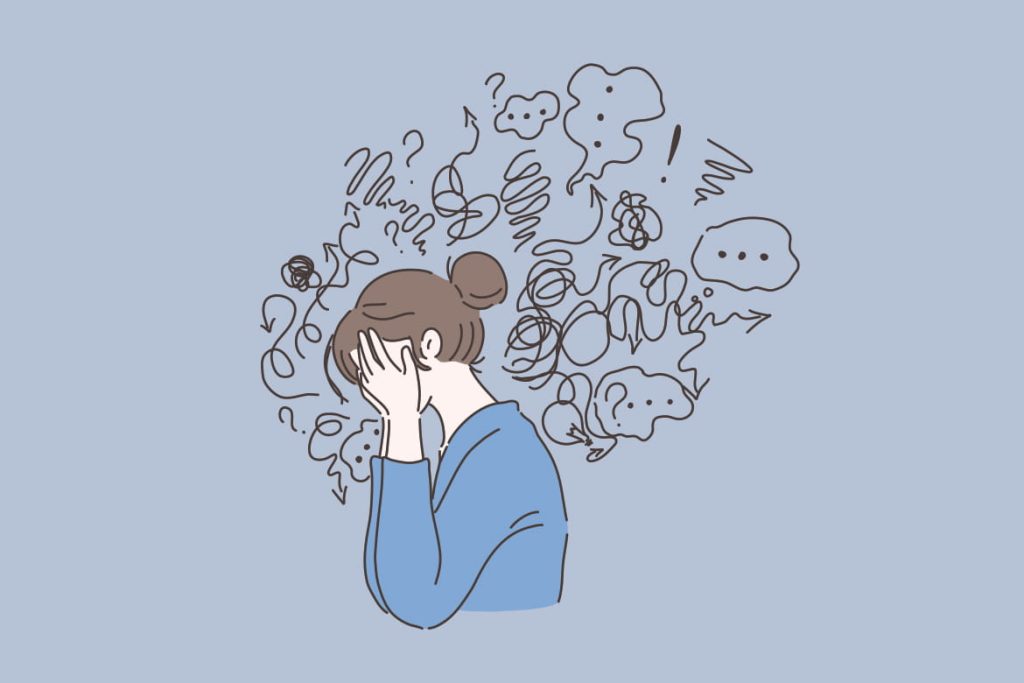Lets discover the various types of Rabies symptoms.
Introduction
A lethal virus called rabies inflames the brains of both humans and other creatures. Humans can contract rabies from infected animals by being bitten or scratched. The illness may be lethal if left untreated. If a person who has been exposed to rabies gets immediate medical assistance, it is however treatable.
Between one and three Americans develop rabies each year. 25 human cases of the illness were reported in the U.S. from 2008 to 2019, with eight of those cases involving travellers who contracted the disease abroad. Since the 1970s, rabies has been less common thanks to developments in medicine, public awareness, and vaccine campaigns.
However, the illness still affects people all over the world and kills tens of thousands of people each year, especially in rural Southeast Asia and Africa. 99% of rabies illnesses are brought on by dog bites.
What is Rabies?
An animal bite from an infected animal is the main way that the viral virus rabies is transmitted. It frequently results in death without early treatment.
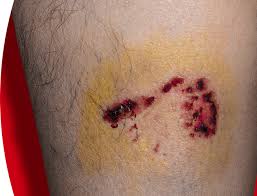
It is an RNA rhabdovirus that has two different ways it might impact the body. Rabies has the ability to move directly into the peripheral nervous system from the brain. Additionally, because the immune system of the host cannot detect it in muscle tissue, it can reproduce there.
Through the neuromuscular connections, it then enters the nervous system. The virus causes severe brain inflammation after it has entered the neural system. Then comes coma and death.
Transmission
With 95% of cases occurring in Asia and Africa, stray dogs are most prevalent in nations where rabies is most prevalent.
Since the virus is spread through saliva, rabies can occur if an infected animal attacks a human. It can also happen if an infected animal’s saliva enters a wound that is open or passes through a mucous membrane, such the mouth or eyes. The virus, however, cannot penetrate intact skin.
Raccoons, coyotes, bats, skunks, and foxes are the species most likely to spread the disease in the United States. Every state in the US except Hawaii has bats that are rabies carriers.
Any mammal can carry and spread the virus, however smaller mammals like rodents seldom contract the disease or spread it. Additionally, rabbits are unlikely to transfer rabies.
Symptoms
The five phases of rabies development are as follows:
- incubation
- prodrome
- acute neurological period
- coma
- death
Incubation
The period of incubation is when no symptoms are present. Depending on where the virus entered the body and how many viral particles were involved, it typically lasts between two and three months and can last anywhere from one week to one year. The consequences are likely to manifest sooner the closer the bite is to the brain.
When symptoms start to show, rabies is typically already lethal. Without waiting for symptoms to appear, anyone who has been exposed to the virus should seek medical attention right once.
Prodrome
Early, flu-like symptoms appear during prodrome and include:
- a temperature of at least 100.4°F (38°C).
- headache
- anxiety
- feeling ill overall
- coughing and a painful throat
- nauseous and dizzy
- unease at the location of the bite.
Acute neurological period
During this phase, neurologic symptoms start to appear, such as:
- bewilderment and hostility
- a degree of paralysis
- uncontrollable muscular twitching
- strenuous neck muscles
- convulsions
- hyperventilation and breathing issues
- hypersalivation, or excessive salivation
- salivating in the mouth
- the avoidance of water; hydrophobia
- Nightmares, hallucinations, and sleeplessness
- male priapism, or a constant erection
- Fear of light is known as photophobia.
- Breathing accelerates and becomes erratic at the end of this stage.
Death and coma
A person may go into a coma, and the majority of them pass away within three days. Almost no one survives rabies during the coma stage, not even with supportive care.
Prevention
Although rabies is a dangerous illness, both individuals and governments can take precautions to avoid transmission.
Strategies consist of:
- routine rabies vaccines for domestic animals and pets
- limitations or prohibitions on importing animals from specific nations
- widespread human vaccinations in various places
- awareness and knowledge for education
- improved access to medical care for those bitten
To lessen the number of rabid wild animals in rural Canada and the US, agencies have dropped bait with an oral vaccine.
REFERENCES:
- https://www.cdc.gov/rabies/index.html
- https://www.mayoclinic.org/diseases-conditions/rabies/symptoms-causes/syc-20351821
- https://www.medicalnewstoday.com/articles/181980
- https://my.clevelandclinic.org/health/diseases/13848-rabies
- https://www.healthline.com/health/rabies
For more details, kindy visit below.
